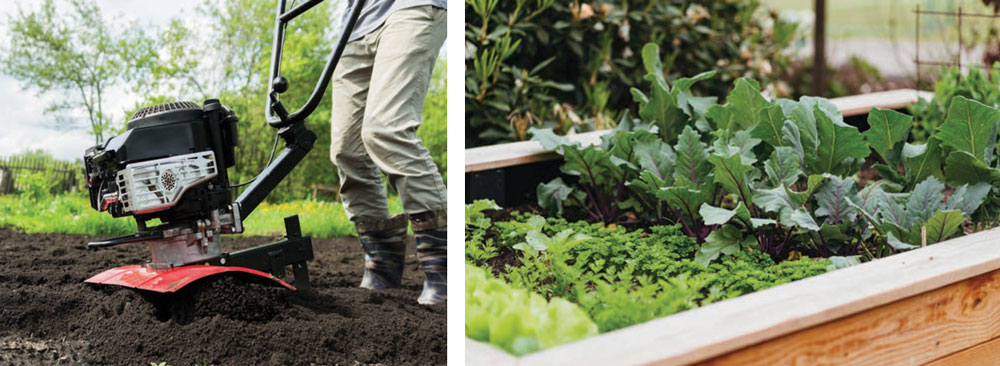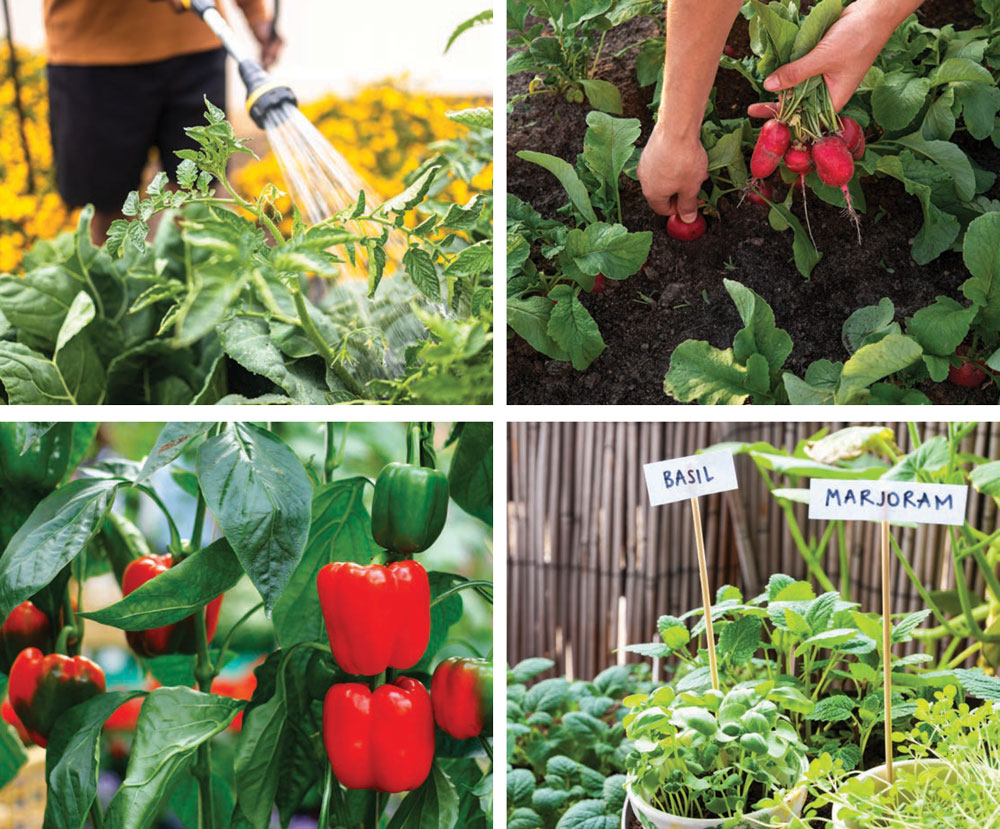IT’S KIND OF A BIG DILL
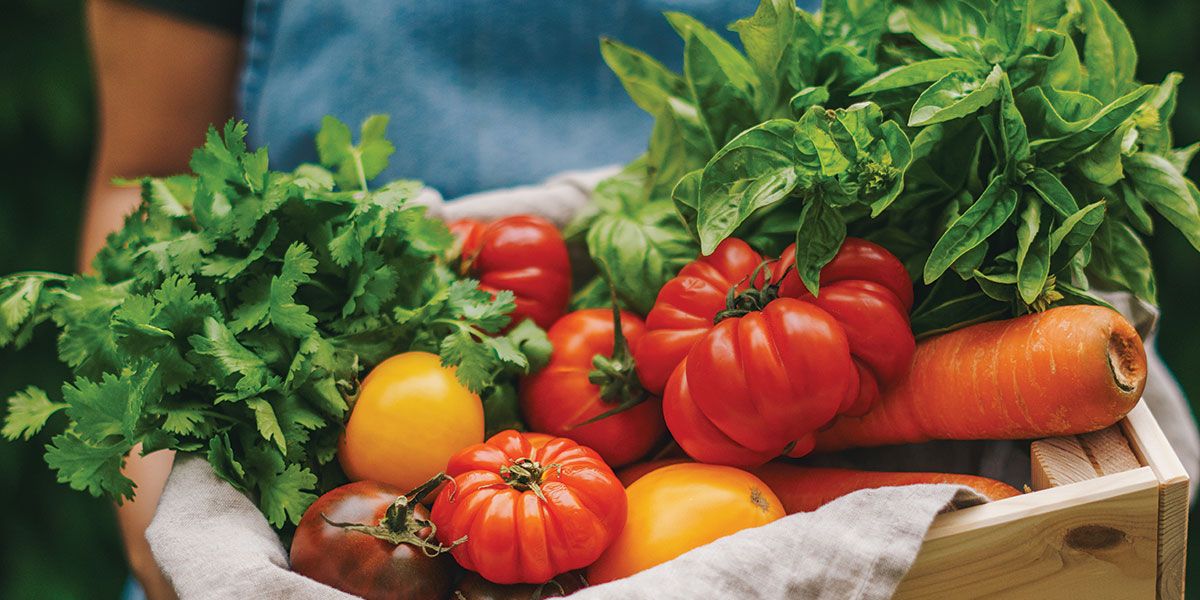
Planning the Perfect Veggie Patch
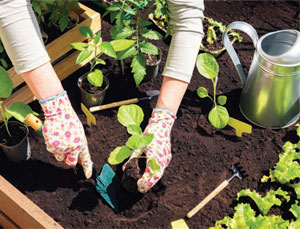 “Plan your work and work your plan” is a proverb that underscores the value of organization, strategy and commitment. Patience is key when planting a garden; rushing the process may lead to setbacks. In other words, you can’t just run out and buy a bunch of seed packets and scatter them around all willy-nilly.
“Plan your work and work your plan” is a proverb that underscores the value of organization, strategy and commitment. Patience is key when planting a garden; rushing the process may lead to setbacks. In other words, you can’t just run out and buy a bunch of seed packets and scatter them around all willy-nilly.
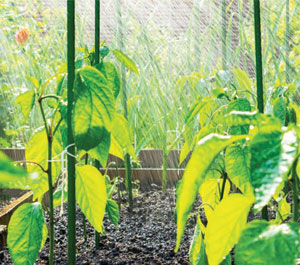 Where to plant
Where to plant
To plan a summer vegetable garden, consider your garden’s location, sunlight and soil quality. Choose vegetables suited to our climate, sketch a layout and allocate space based on plant size. Include a mix of early, mid-, and late-season crops for a continuous harvest. Research optimal planting times for your chosen veggies, use companion planting to deter pests and educate yourself about your plants’ pruning, weeding, fertilizing and watering needs.
It’s often a good idea to decide where to plant first, considering factors like sunlight, soil quality and water access. Once you know your garden’s spot, you can choose suitable vegetables based on the area’s conditions. Studying the sun before planting your vegetable garden is crucial for optimizing sunlight exposure. Observe sun patterns. Spend time in your garden throughout the day, noting how sunlight moves. Identify areas receiving full sun, partial shade and full shade. How many hours of sunlight does each area receive? Most vegetables need at least six hours of direct sunlight daily to thrive. Note any structures or trees that might cast shadows on your garden. Create a simple garden map, marking areas with different sunlight conditions. If you find that your yard has limited sunlight, don’t be discouraged. Explore container gardening or vertical gardening options to maximize available sunlight.
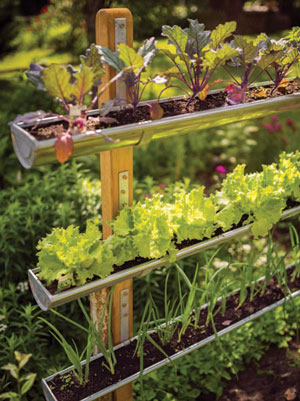 VERTICAL: A vertical garden is a space-efficient gardening solution where plants are grown on trellises or other structures. Instead of spreading horizontally, plants are trained to grow upward, making it ideal for small spaces or areas with limited ground space – plus, you can minimize bending and kneeling. Your knees will thank you!
VERTICAL: A vertical garden is a space-efficient gardening solution where plants are grown on trellises or other structures. Instead of spreading horizontally, plants are trained to grow upward, making it ideal for small spaces or areas with limited ground space – plus, you can minimize bending and kneeling. Your knees will thank you! - RAISED: In raised beds, blend native soil with compost and manage water carefully. Raised beds and containers can dry out faster. Cedar and redwood are popular for raised garden beds due to their natural resistance to decay and insects.
- CONTAINERS: For container gardens, lightweight plastic or fiberglass materials make it easy to move your garden and chase the sun. Many container gardens even come on wheels.
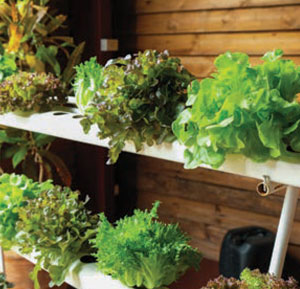 HYDROPONIC: No soil? No problem! Try planting in a hydroponic outdoor system. Typically, hydroponically grown plants produce a harvest up to 50 percent faster and more robust than those grown in the ground, and you don’t have to worry about pulling weeds. The biggest disadvantage to using a hydroponic garden design is the expense of building or buying the materials and powering the pump that circulates the water.
HYDROPONIC: No soil? No problem! Try planting in a hydroponic outdoor system. Typically, hydroponically grown plants produce a harvest up to 50 percent faster and more robust than those grown in the ground, and you don’t have to worry about pulling weeds. The biggest disadvantage to using a hydroponic garden design is the expense of building or buying the materials and powering the pump that circulates the water.
What & when to plant
Now that you have decided where to plant, it’s time to think about what and when to plant. “Don’t plant anything before Mother’s Day” is a gardening secret passed down for generations, warning that planting before this date risks exposure of your young plants to late spring frosts. Suppose you prefer science over an adage. In that case, the Virginia Cooperative Extension offers easy-to-understand, free resources to help you determine the ideal planting and harvesting dates for everything from asparagus to watermelon, including a month-by-month guidebook and specific tips for each geographic region. Type “ext.vt.edu” into your internet browser and go down a research rabbit hole. Peter Rabbit learned how important it is to listen to wise advice regarding gardens, and so can you.
Central Virginia’s most popular and successful garden veggies include tomatoes, bell peppers, hot peppers, broccoli, lettuce, carrots, cucumbers, bush and pole beans, lettuces and spinach. Additionally, everyone is happier when spending time with friends. Companion planting – planting different crops together to benefit each other – promotes healthier plant growth by repelling pests and enhancing soil nutrients for mutual growth. Planting garlic, basil or chives with tomatoes repels pests and improves the flavor of the vegetables. Marigolds help control nematodes while attracting beneficial insects. Nasturtiums and radishes deter aphids, whiteflies and beetles near squash and cucumber plants. Dill shoos pests away from cabbage, cucumbers, lettuce and asparagus. Teamwork makes the dream work!
Let’s be honest: staring at a patch of grass and trying to figure out how to convert it into a thriving vegetable garden is intimidating. So, why would anyone want to go through all the effort? Isn’t it easier to purchase your produce at the grocery store or farmers market? Of course, it is. Ouiser Boudreaux in Steel Magnolias explained why she does it. “Because I’m an old Southern woman, and we’re supposed to wear funny-looking hats and ugly clothes and grow vegetables in the dirt. Don’t ask me those questions. I don’t know why; I don’t make the rules!” But a better reason is that planting your own vegetable garden provides fresh, homegrown produce, promotes a healthy lifestyle and fosters a connection to nature and sustainable living. Plus, you still get to wear a funny-looking hat. ✦
bell peppers, broccoli, bush/pole beans, carrots, container gardens, Cucumbers, garden, hot peppers, hydroponic outdoor system, lettuce, lettuces, Location, Raised beds, soil quality, spinach, sunlight, tomatoes, Vegetable Garden, veggie, vertical garden
